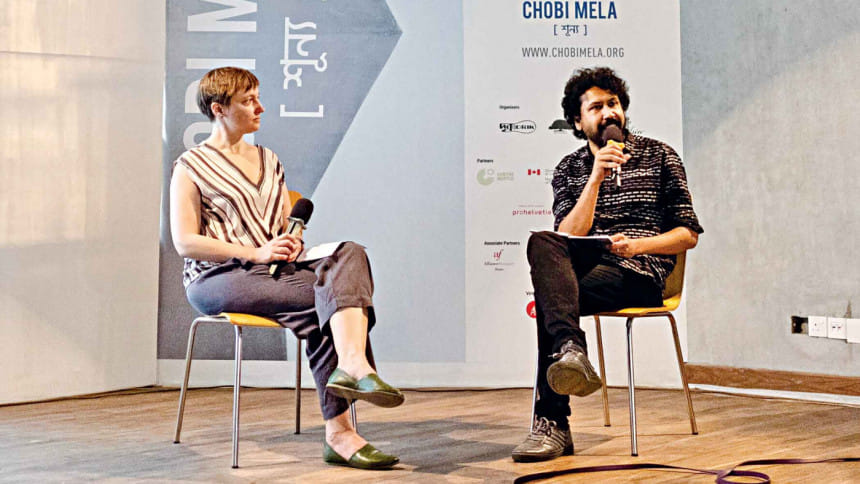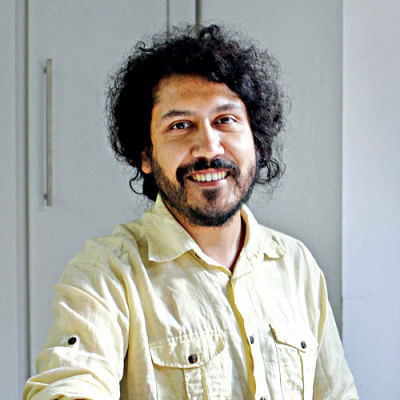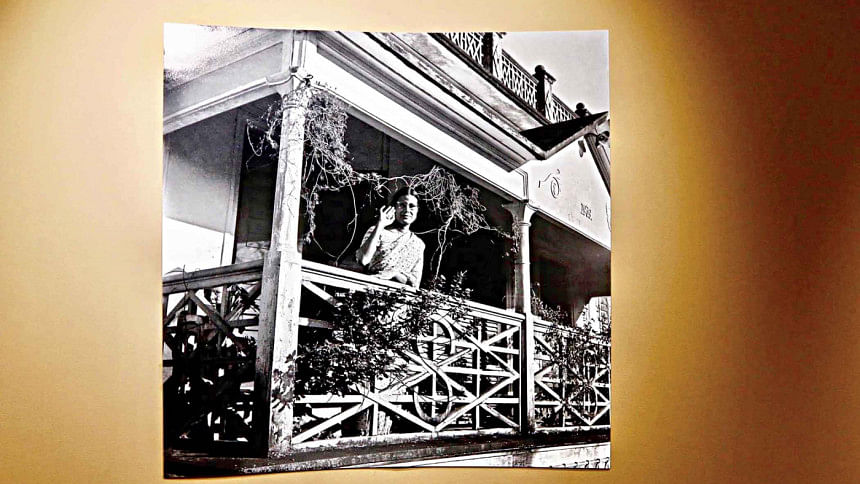Tanzim Wahab talks Chobi Mela Shunno

"Chobi Mela Shunno", held from February 12 to 21 in DrikPath Bhobon at Panthapath, introduces a fresh perspective on different art forms to spectators and art lovers. Tanzim Wahab, the Chief Curator at Bengal Foundation and lecturer at Pathshala South Asian Media Institute, is the Festival Director of this year's "Chobi Mela". He was previously a curator of the festival at the 2013, 2015, 2017, and 2019 editions. In a conversation with The Daily Star, he reflects on different aspects of this year's "Chobi Mela", and more.
How did you come up with the concepts for this year's 'Chobi Mela', and what do you hope audiences take away from this edition?
We chose a special number for this edition, as we are living through quite unprecedented times. The intention behind 'Shunno' (zero) is to focus on a new beginning, as we start anew in a post-pandemic world. Diversity and inclusivity are the most important factors in this year's "Chobi Mela". In that sense, we ensured the participation of foreign artistes online.
Most of our content this year is digital. We included podcasts, radio projects, live streams and virtual exhibitions to connect with people, who cannot be here physically.
We reformed our structure to a more experimental and self-reflective one. We are starting anew from our home, and we are focusing on our neighbouring countries from South Asia. This year, we emphasised more on collaboration and partnership to revive our strengths and collective spirit.
What does it mean to be a curator today, and how has Bangladesh developed in this aspect?
"Chobi Mela" brought about a curatorial revolution in Bangladesh and introduced the multidimensional role of curators.
Curators not only focus on how to present the artworks, but also on connecting with the audience, social implications, time, and impact of a project.
They play a significant role in exhibition research and preserving archival materials. They help build a bridge between the audience and the artiste by presenting their biographical narrative and art process as a whole.
Curators are also continuously learning from the artiste. Their exchange creates a new language for each exhibition. Artistes and curators need to build a powerful relationship and a bridge between their works. Without doing so, curators cannot explore their full potential.
In Bangladesh, we are still lagging in art research, gathering curators, and art writing. The curatorial practice must be included in the curriculum module of national art institutions across the country. These barriers must be broken and we should be focusing on more multidimensional and multidisciplinary aspects of art.

What were the freedoms and challenges involved in organising this year's 'Chobi Mela'?
We welcome any challenges in "Chobi Mela", as they present new opportunities to learn and grow. This time, we could connect with people from across borders without travelling. It is a ten-day festival, but this year, anyone can access our programmes for a long time after they are over, online. Apart from the challenges of arranging the event during a pandemic, we were presented with these new ideas.
Tell us about your overall experience at this year's 'Chobi Mela'.
We mainly worked with multidisciplinary, young artistes in this edition and their energy added to the spirit of the festival. I liked how we went out of our usual format and experimented with different artistes. Curating Sayeeda Khanum and Bashirul Huq's exhibitions and presenting them to the young generation was an amazing experience as well.
"Chobi Mela" is a festival that requires consistency, no matter what happens, globally or locally. We are focusing more on physical distancing, rather than social distancing. We need to be more close to each other socially, during these troubling times.
Our aim for this year's festival is to get connected, mitigate social distance, and to revive our own community, which we nurtured over the years.


 For all latest news, follow The Daily Star's Google News channel.
For all latest news, follow The Daily Star's Google News channel. 



Comments